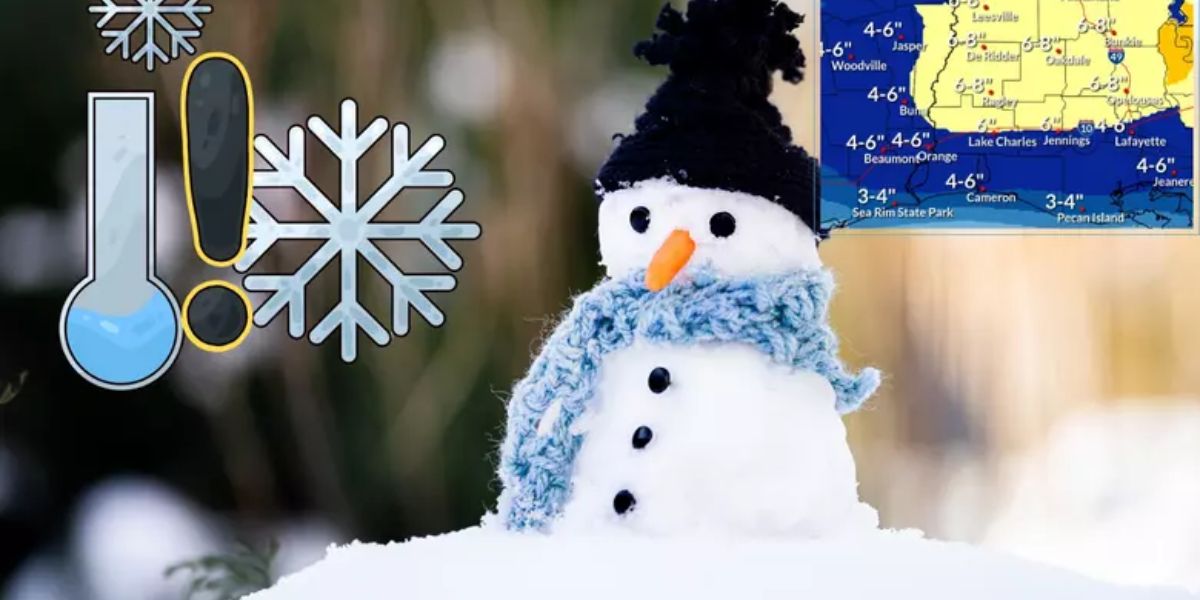As winter settles in and temperatures drop, your car can face extra challenges that make it more susceptible to breaking down.
Cold weather can exacerbate existing issues or reveal new ones, often leaving you stranded in icy conditions. Being aware of the signs that your vehicle may be breaking down in cold temperatures can help you take preventive action and avoid a more costly or inconvenient situation.
In this article, we’ll explore common signs your car might be struggling in the cold and what you can do to address the issues before they lead to a breakdown.
1. Difficulty Starting the Engine
One of the most common problems cars face in cold weather is trouble starting. If your engine is slow to turn over or refuses to start at all, it could be a sign of several potential issues:
- Battery Issues: Cold temperatures can weaken your battery, making it harder for your car to start. If the battery is old or weak, it may fail to provide enough power for the engine. Make sure your battery is in good condition and consider getting it tested before the cold weather sets in.
- Fuel System Problems: In extremely cold conditions, the fuel in your tank can thicken, and the fuel lines can freeze, preventing your engine from getting the necessary fuel to start.
What to Do: Keep your battery terminals clean and ensure your battery is charged and in good condition. If your car is struggling to start, check the battery and have it tested by a mechanic if needed.
2. Low Fluid Levels or Thickened Fluids
Cold temperatures can affect the performance of various fluids in your car, including oil, coolant, and transmission fluid. In extreme cold, these fluids can thicken, leading to sluggish operation and poor performance.
- Thickened Oil: When the temperature drops, the engine oil can become more viscous and harder for the engine to circulate, causing friction that could lead to engine damage.
- Low Coolant Levels: If your coolant level is low, it may not be able to prevent the engine from overheating. In colder weather, this can cause problems, especially if the coolant mixture isn’t appropriate for winter conditions.
What to Do: Check the fluid levels regularly, especially before the coldest months arrive. Make sure to use oil and coolant designed for colder temperatures, and top up any low fluids as necessary.
3. Worn Tires and Poor Traction

Cold temperatures, especially when combined with snow or ice, can significantly affect your car’s traction. Worn-out tires can struggle to grip icy or snowy roads, increasing the risk of slipping or sliding.
- Tire Pressure: Cold air causes tire pressure to drop, which can affect your vehicle’s handling and fuel efficiency. Under-inflated tires are more prone to wear and tear and may even be unsafe to drive on in winter conditions.
- Tire Tread: Tires with insufficient tread depth can struggle to maintain proper grip in icy or snowy conditions, increasing the likelihood of losing control while driving.
What to Do: Regularly check your tire pressure, especially in the winter months, and keep your tires inflated to the recommended level. If your tires are worn down or unsuitable for winter conditions, consider switching to winter tires for better grip and safety.
4. Frozen Windshield Wipers or Worn Wiper Blades
New York City to Get 5-8 Inches of Snow This Sunday: Prepare for Winter Weather
Cold temperatures can freeze your windshield wipers or cause wiper fluid to freeze, making it difficult to clear snow and ice from your windshield. If your wiper blades are old or cracked, they may not perform properly, even in normal conditions, and they’re even more likely to fail when cold weather strikes.
- Frozen Wipers: If the rubber parts of the wiper blades freeze to the windshield or the motor freezes, you may find that your wipers become stuck or fail to function.
- Wiper Fluid Issues: In freezing temperatures, wiper fluid can freeze in the reservoir or lines, preventing you from cleaning your windshield effectively.
What to Do: Make sure your wiper blades are in good condition and replace them if they’re worn or cracked. Use winter-grade wiper fluid that can withstand freezing temperatures, and ensure your wipers are clear of ice or snow before use.
5. Overheating or Poor Heating System Performance
Northern Illinois, Northwestern Indiana to Experience Frigid Wind Chills of -25 Through Monday
Although it may seem counterintuitive, your car’s heating system can also suffer in the winter. If you notice that your cabin isn’t warming up as quickly as usual or that the temperature gauge on your dashboard is reading higher than normal, there may be an underlying issue.
- Thermostat Problems: A malfunctioning thermostat can cause your engine to overheat or underheat, which can worsen in cold weather.
- Coolant System Issues: If your coolant system is malfunctioning or your coolant levels are low, your engine may overheat even in cold temperatures.
What to Do: Monitor your car’s temperature gauge and make sure the heating system is operating properly. If your engine overheats, stop driving immediately to prevent damage. If the heater is blowing cold air, you may have a coolant leak or a problem with the heater core that requires professional repair.
6. Increased Engine Strain
Cold weather puts extra strain on your car’s engine as it needs to work harder to operate smoothly. You may notice a rough idle, poor acceleration, or sluggish performance, which could be a sign that the engine is struggling to run in colder conditions.
- Throttle Response Issues: When the temperature drops, engine components may take longer to warm up, leading to slower acceleration or a rougher idle.
- Exhaust System Issues: Colder temperatures can also affect your car’s exhaust system. If the system has existing damage, the cold weather could exacerbate issues like reduced engine performance or poor fuel efficiency.
What to Do: If you notice a change in your car’s performance or feel the engine struggling, it’s important to have it inspected by a mechanic. Make sure to give your engine a few minutes to warm up before driving in extreme cold, especially on particularly frigid mornings.
Cold weather can present a variety of challenges for your vehicle, but being proactive can help you avoid a breakdown. If you notice any of the signs above—such as difficulty starting, low fluids, poor tire traction, or heating system issues—it’s a good idea to have your car inspected by a mechanic before the coldest weather sets in.
Regular maintenance and early detection of problems can help keep your car running smoothly throughout the winter months and prevent unnecessary headaches when the temperature drops.




